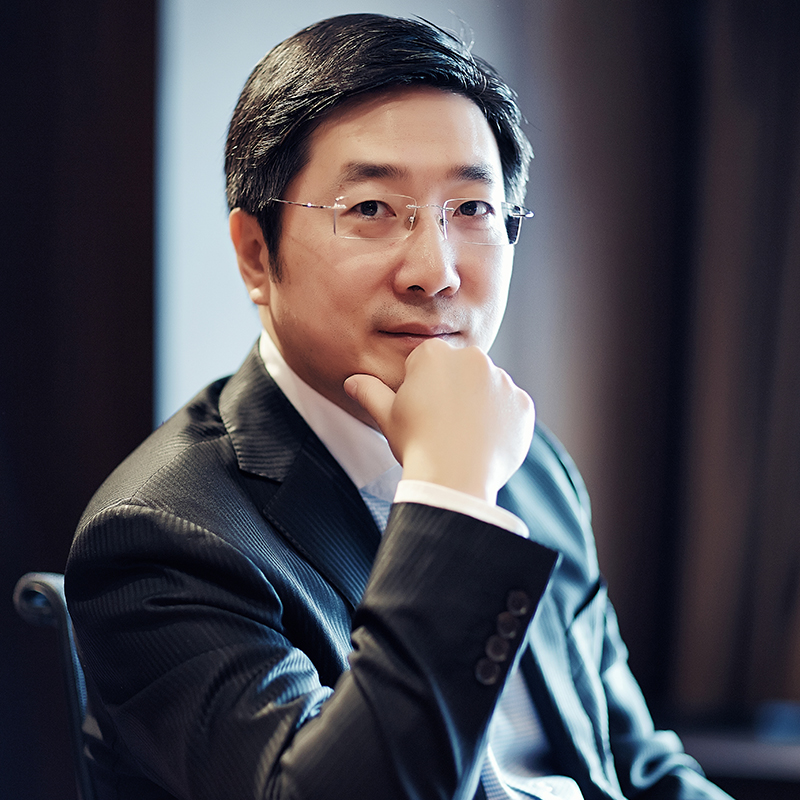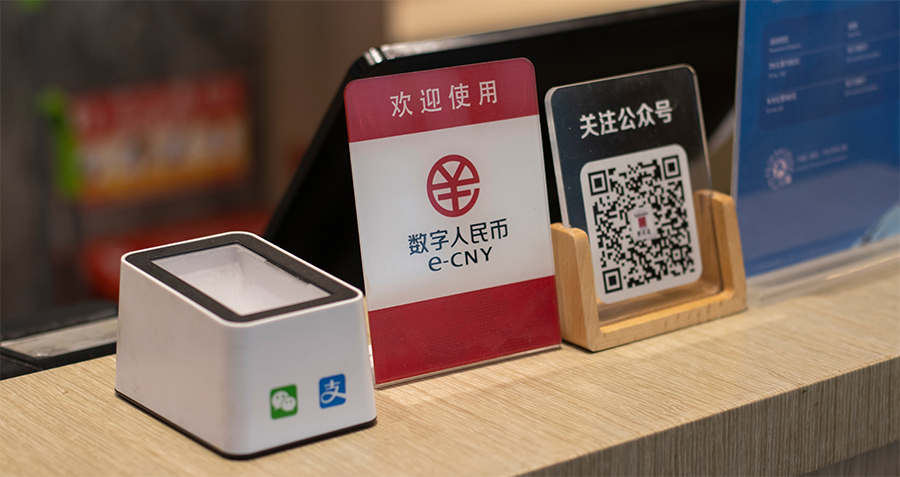Since in 2013 U.S. venture capitalist Aileen Lee coined the term “unicorn” to describe privately held startups valued at over US$1 billion, unicorns have become global symbols of innovation-led growth. Today, however, they are navigating a far more complex operating environment—tightened regulations, heightened geopolitical risk, and a slowing global economy are reshaping the game.
The last few years have marked a turning point. Compliance demands are heavier, market hotspots are shifting faster, and unicorns are becoming smaller, sharper, and more technology-intensive. Artificial intelligence—particularly AIGC and large language models—has ignited investor enthusiasm. Meanwhile, sectors such as advanced manufacturing, semiconductors, and renewable energy are drawing both policy support and private capital.
The U.S. and China remain the twin engines of the global unicorn landscape. While AI has spawned new players in chips and frontier tech, the leaders at the top remain stable. In China, three themes dominate: rapid and self-reliant technological innovation, proactive global expansion, and diversification into growth drivers. Firms such as Xiaohongshu (RED) and JD Technology are scaling quickly, with AI and semiconductors emerging as core growth arenas.
Structurally, China and the U.S. now compete on nearly equal footing, though with different industrial balances. Over 90% of U.S. unicorns operate in services—consistent with mature economies’ reliance on the tertiary sector. In China, services account for about 60%, while manufacturing commands over 30%—a reflection of its industrial depth. Chinese unicorns have shifted from consumer internet dominance toward AI, advanced manufacturing, industrial internet, new energy, and semiconductors, while U.S. peers remain more concentrated in fintech, software, service-layer AI, and healthcare.
Although China’s unicorn count has grown more slowly in recent years, quality now matters more than raw numbers. The mobile internet era’s “cash-burning for traffic” approach has been replaced by a focus on hard-tech innovation, long-term defensibility, and proprietary IP. This evolution is driven by market realities, policy guidance, technological advances, and a more pragmatic entrepreneurial mindset. China’s deep reservoir of entrepreneurial and technical talent, combined with robust government backing for strategic sectors, offers a powerful foundation for hard-tech champions.
Looking ahead, Chinese unicorns must define and defend their unique advantages in the global innovation ecosystem. While U.S. firms lead in blockchain and digital currency, Chinese companies already hold global leadership in AI applications, advanced manufacturing, and smart mobility. Sustained success will hinge on long-term vision, strong shareholder backing, outstanding management, resilient supply chains, intensive R&D, and a clear commitment to social responsibility.
The Chinese government’s growing emphasis on “patient capital” reinforces this outlook, favoring business models that prioritize resilience over rapid, short-term gains. For unicorns, this means turning innovation into sustainable revenue, defending market share, and proving valuations through real performance. Done right, these companies will not only secure their own futures, but also advance China’s broader ambitions of technological self-reliance and global integration—turning uncertainty into global leadership potential.
This article was originally published in Chinese on chinanews.com.cn.























